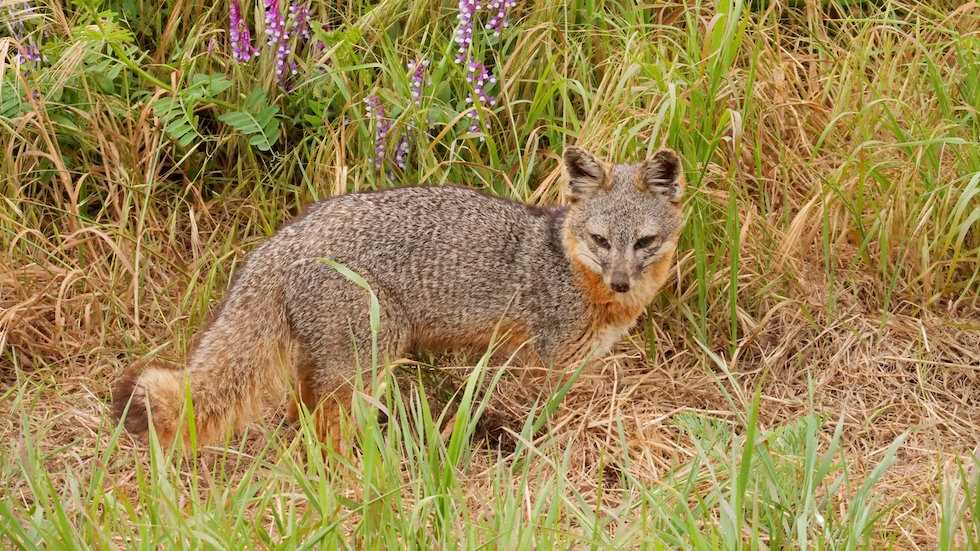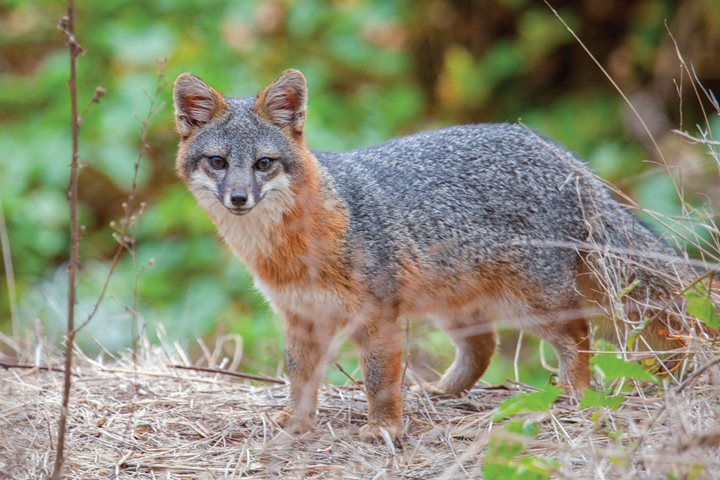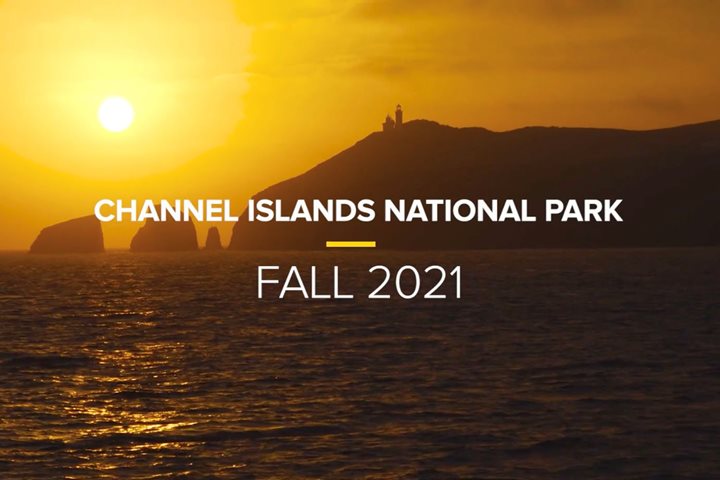Less than 70 miles west of Los Angeles, California’s mesmerizingly wild Channel Islands bring a less metropolitan meaning to the term “population density.”
In the productive Pacific waters that surround these remote islands, giant kelp forests teem with nutrients and marine life, drawing an abundance of dolphins and other cetaceans. Seabirds and pinnipeds arrive by the thousands to breed on the sandy beaches and the rugged cliffs of this oasis often referred to as the “North American Galápagos.”
Get Inspired by Photos, Videos, Webinars, Stories, and Exclusive Offers.
Sign Up
Farther ashore, the eight islands of the archipelago make up some of the continent’s last natural Mediterranean ecosystems—which are known hotspots of biodiversity. An impressive 145 of the islands’ 2,000-plus plant and animal species are endemic, meaning they are found nowhere else on Earth. Much like the Galápagos, these isolated isles and their inhabitants are just as vulnerable as they are unique. However, four decades of collaborative efforts have made massive strides to restore and protect this UNESCO Biosphere Reserve, and it’s all beginning to pay off.
Today, endemic Channel Islands icons like the island fox and island scrub-jay are thriving alongside conservation comeback kids—particularly bald eagles, brown pelicans, Steller sea lions, and gray whales. With them, the rugged landscapes are beginning to return to their true nature, resurrecting the beauty of an uninhabited coastal Southern California. When so many of the world’s ecosystems are in peril, the Channel Islands hold a rare opportunity to be immersed in the invigorating energy of recovery.
Isolation at Its Most Accessible
The most famous of the islands, Catalina, has been a Hollywood outpost since the silent-film era. Just 22 miles from the mainland, it’s also the only isle equipped with modern facilities. Five of the northernmost islands—Anacapa, Santa Cruz, Santa Rosa, San Miguel, and Santa Barbara—comprise Channel Islands National Park and Marine Reserve. The remaining two are owned by the U.S. Navy.
At first sight, the islands may appear similar in landscape, but as Lindblad-National Geographic Naturalist Alex Krowiak shares, “a closer look quickly reveals that each is home to its own uniquely powerful story of human history and ecological conservation.”
Though the four northernmost islands were once connected to each other, scientists don’t believe they’ve ever been part of the mainland. So terrestrial species either swam, floated, or flew across the Santa Barbara Channel.
The island scrub-jay is a prime example of the aerial natives that will capture the attention of birdwatchers. A sapphire blue relative of the California scrub-jay, they’re larger, more vibrant, and have even developed a distinct, raspy call. Ten more of the 60 resident landbirds are endemic, including the non-migratory Allen’s hummingbird, Channel Island flycatcher, island horned lark, and dusky orange-crowned warbler.
Native land animals are fewer in number with just four major mammal groups: the harvest mouse, island spotted skunk, island fox, and island deer mouse. The latter two evolved further on each island they inhabit, resulting in eight more distinct subspecies. Archaeological evidence has shown that several others, like the pygmy mammoth and giant deer mouse, once joined them before being lost to history forever.
A Remarkable Return From the Edge of Extinction
Santa Cruz, the largest and most biodiverse island, boasts more than 60 endemic flora and fauna—and some of the most successful conservation programs in the world. Take the island fox population. After dwindling to less than 100 individuals, it has made a record-fast rebound with help from a breeding program, the eradication of land-hunting golden eagles and the invasive pigs that sustained them, and a reintroduction of bald eagles—who prefer marine meals.
It’s a living lesson of the importance of keystone species. With fewer foxes, the deer mouse and spotted skunk populations exploded, and their increased foraging posed a higher risk to bird eggs. Today, not only is it much more likely to spot these coy canids, but since they’ve reclaimed their place as the top terrestrial predator, the entire ecosystem is successfully tipping back into balance.
The Rewards of Rewilding
On Santa Rosa Island, home to 500 plant species, the native flora is experiencing a similar renaissance. The island is renowned for its endemic Torrey pine forest, one of only two left on Earth. Its windswept groves are likely rare descendents of a Pleistocene population, persisting through millennia in the cool coastal air. Unfortunately, they’re an exception; many endemic plants have struggled to survive let alone thrive.
After 19th-century European settlers imported herds of large herbivores as ranch animals and game, Santa Rosa’s once prevalent cloud forests and dense island chapparal gave way to bare earth and invasive grasslands. And yet, endemic flora has begun to reemerge from its forced retreat to cliff faces and canyon crevices. Since livestock removal began in the mid-1990s, a new study published in February 2022 shows a reassuringly rapid recovery, demonstrating the power of nature to heal itself if given the chance.
Join our Wild California Escape: Channel Islands National Park to witness these conservation efforts firsthand and discover this hidden wild world waiting close to home.




